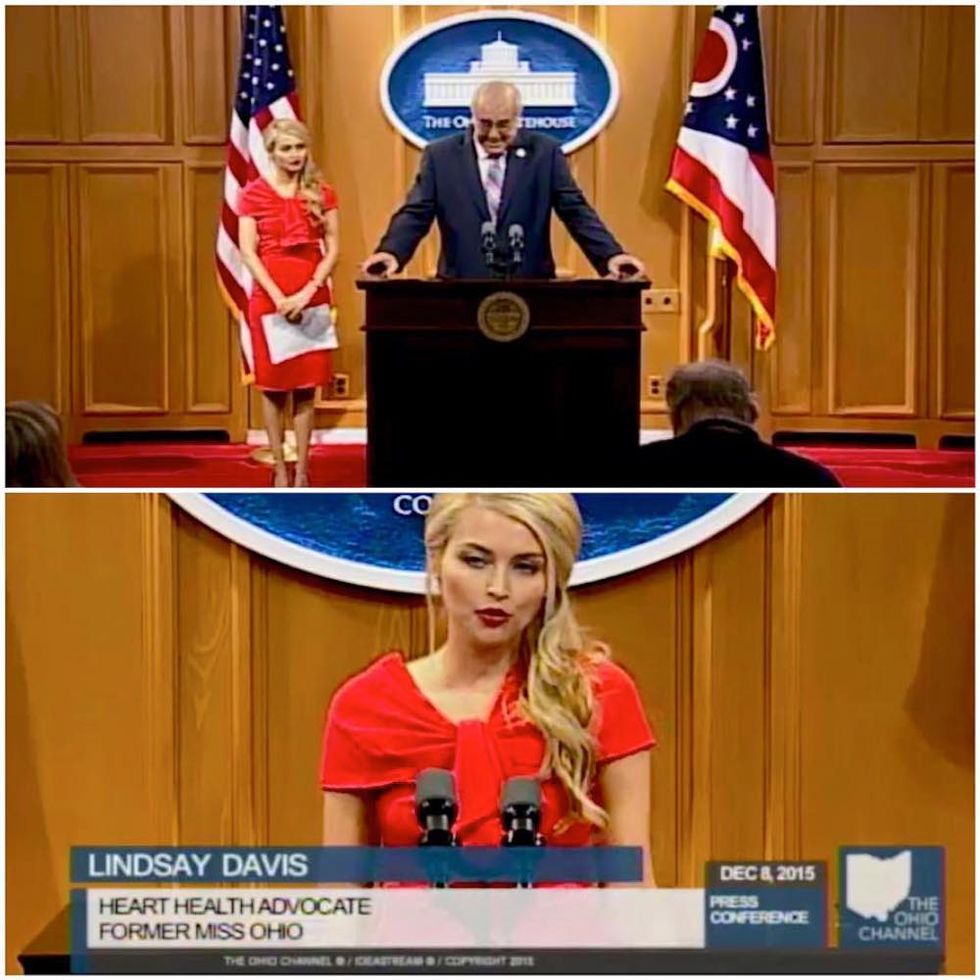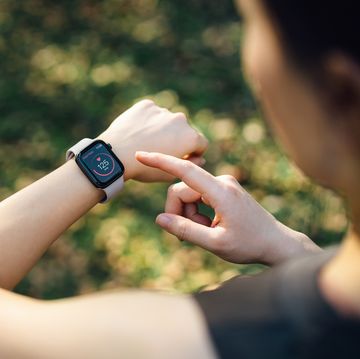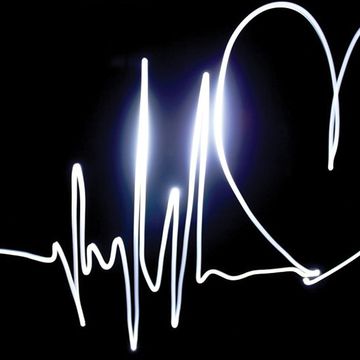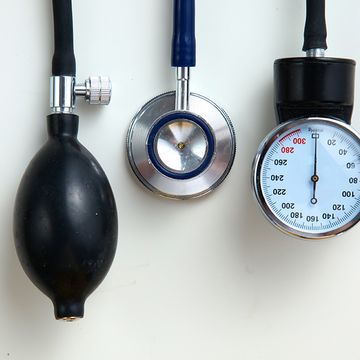Growing up, Lindsay Davis dreamed she’d one day be a ballerina for the Paris Opera Ballet. But that all changed when she was 17.
“I started having these episodes where I was passing out in [dance] class or I was just completely tired and couldn’t get my heart to calm down after dance routines,” says Lindsay, now 30. “I would look around, and none of the other girls in my class were feeling what I was feeling.” Lindsay’s dance teachers told her she was probably dehydrated or that she just hadn’t eaten enough.
It turns out they were very, very wrong. “I was particularly fatigued after one dance class,” says Lindsay. “I went home, went to bed, and woke up in the middle of the night and collapsed on the way to the bathroom. My parents took me to the hospital—the Cleveland Clinic—and it was by chance that a resident heard a heart murmur. I was diagnosed with hypertrophic cardiomyopathy [HCM].”
According to the American Heart Association (AHA), HCM affects close to 725,000 people in the U.S.—and it strikes men and women equally, regardless of age. HCM is caused by abnormal genes that cause the heart muscles to thicken. This ultimately messes with blood flow to and from the heart. Left untreated, HCM can lead to sudden cardiac arrest—and death.
In fact, the National Collegiate Athletic Association reports that sudden cardiac arrest (which is caused by HCM and a variety of other heart conditions) is the number one killer of student athletes—one out of every 40,000 student athletes dies from sudden cardiac arrest every year. (Some of the common signs of a condition like HCM include a racing heart, extreme fatigue, and passing out regularly.)
RELATED: What It's Like to Have a Heart Attack in Your 30s
Though Lindsay was lucky to be diagnosed relatively early, her condition was initially devastating to her. “I had to give up dance, and to be 100 percent honest, I mourned,” she says. “Not every condition that causes sudden cardiac arrest causes those limitations, but I did have to stop dancing because of the severity of my condition.”
In addition to taking daily medication, Lindsay also had a defibrillator (a device similar to a pacemaker that shocks the heart to prevent sudden death) implanted into her chest a few years ago. “It sticks out a little bit,” she says, “but I feel like I have an emergency room in my chest. I’m able to live a completely normal life and not have to think every day that this could be the day that I die.” She’ll also never be able to do strenuous exercise—she has to keep her heart rate under 100 beats per minute—and she follows a heart-healthy diet that’s low in sodium and high in veggies.
Her whole mindset changed after she was forced to give up dancing, too. “Something happens to people who go through life or death ordeals—even at that young age—and I had to learn that I had to repackage my thoughts,” says Lindsay. “I had to turn this story of defeat into a narrative of triumph.”
Enter: pageants. Inspired by Heather Whitestone, the first deaf woman to be crowned Miss America in 1995, Lindsay went on to become Miss Ohio in 2011. “I thought to myself, ‘Imagine all the little girls who are deaf or have some kind of affliction who watched her and realized they could do that,’” she says. “So that’s why I wanted to do that. I wanted a platform to raise awareness.”
Most recently, Lindsay’s been working tirelessly to pass legislation that would require coaches and teachers to be educated about sudden cardiac arrest so that they could identify the signs and symptoms. Known as Lindsay’s Law, it was passed by the Ohio Senate in May and heads to the state’s House of Representatives this November.
RELATED: Can You Actually Make Your Heart Healthier?
“I drove all over Ohio to all different town halls to meet all these different senators and representatives,” says Lindsay. “I told them my story and why this was important to me. State Senator Cliff Hite, who was a former [athletic] coach, wanted to help. As I walked out of his office that day, he gave me a high-five and said, ‘Let’s go save some lives.’”
But Lindsay’s efforts don’t stop there. She’s also partnered with the AHA to pass a CPR mandate in all high schools across the country. “We’ve passed it in 34 states so far,” she says. “It requires CPR and AED [automated external defibrillator] training to be a requirement for high school graduation.”
While Lindsay needed time to grieve her dancing career, she says that what she’s doing now is more fulfilling. “I would trade all the tutus and ballet shoes in the world for just the chance to impact one person and give them the same extra 13 years of life that I’ve been given,” she says.















